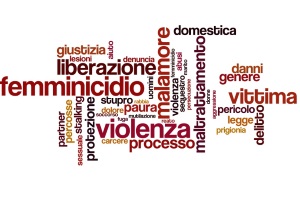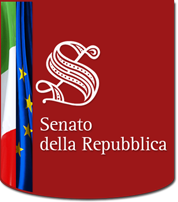SPOTLIGHT
-

Stalking, domestic abuse, rape, genital mutilation, femicide: from the first Extraordinary National Plan of 2015 to the many Regional measures, over the past years the instruments aimed at protecting women have multiplied. The enforcement of such measures, however, is often left to circular letters that make it difficult for the victim to get to know the available tools for her defence (and to request their implementation). The Impact Assessment Office zeros-in on anti-violence resources by drafting the first pertinent guide for citizens.
-

For years the EU has been asking our country to reduce "the use and generosity of exemptions and of preferential tax treatments", and even according to the DEF (economic and financial document) tax expenditures should be cut: in 2017, 636 different measures were identified, subtracting an estimated 75.2 billion Euros from State revenues. Yet plenty of crucial information is lacking: we know the impact, recipients and per capita benefit for only 130 tax expenditure measures, and more than half of these measures benefit less than 30,000 taxpayers.
-

€352bn earmarked for the 2014-2020 period in order to stimulate growth make cohesion policy the veritable pillar of European integration. However, decades of growth policies were not able to smooth out economic and social imbalances: Italy now unenviably tops the EU-15 chart of countries with the lowest social development index and Southern Italy is the largest depressed region in Europe. What went wrong?
-

Fewer than a quarter of Italian babies between the ages of zero and two have a place in a public facility for infants. Coverage is uneven across the country: in Valle d'Aosta, four tots out of ten go to nursery; in the Campania region, the number is just 6 out of 100. To increase the number of available places, over the last decade the Italian state has spent some €1.15 billion. The "Buona Scuola" Reform now adds over €200 million per year to the pot, starting from 2017. What's the outlook?
-

In 2000 Italy abandoned compulsory conscription and migrated, after 144 years, to a leaner military model (from 265.000 men and women to 190,000) entirely composed of professionals. International peace-keeping and peace-enforcing missions became the core task of Italian armed forces, but the crisis that exploded in 2008 has deeply affected the fulfillment of the reform. And between reductions in personnel (expected to number no more than 150,000 by 2024), the ageing of the volunteers in service and severe cuts in spending and investment, even the commitment of troops abroad no longer reached the levels of the early 2000s.
-

The first general election in Republican Italy was held on 18 April 1948. In Parliament there were only 49 women, equal to 5%. Almost 30 years and seven parliaments went by before Italy, in March 2018, elected more than 300 women. The 18th Parliament is experiencing another record: the Senate elected its first female president. Italy has yet to have a woman Prime Minister, and only 83 women were appointed ministers thus far, out of 1,500 appointments. Only two of Italy's regions have a female governor. Just 13 out of a 100 mayors are women.
-

Between 2014 and 2020, the European Union is setting aside more than 77 billion euros for Italy in structural and investment funds: 46.5 bn in cohesion policies, and 31 bn for the common agricultural policy. However, the UVI and Italy's Financial Police reveal that in 6 out of 10 cases, these funds end up in the hands of scoundrels, swindlers and organized crime. Southern Italy is the biggest offender, accounting for 85% of structural fund fraud. Central Italy is responsible for the lion's share of offences involving agriculture and fishing.






